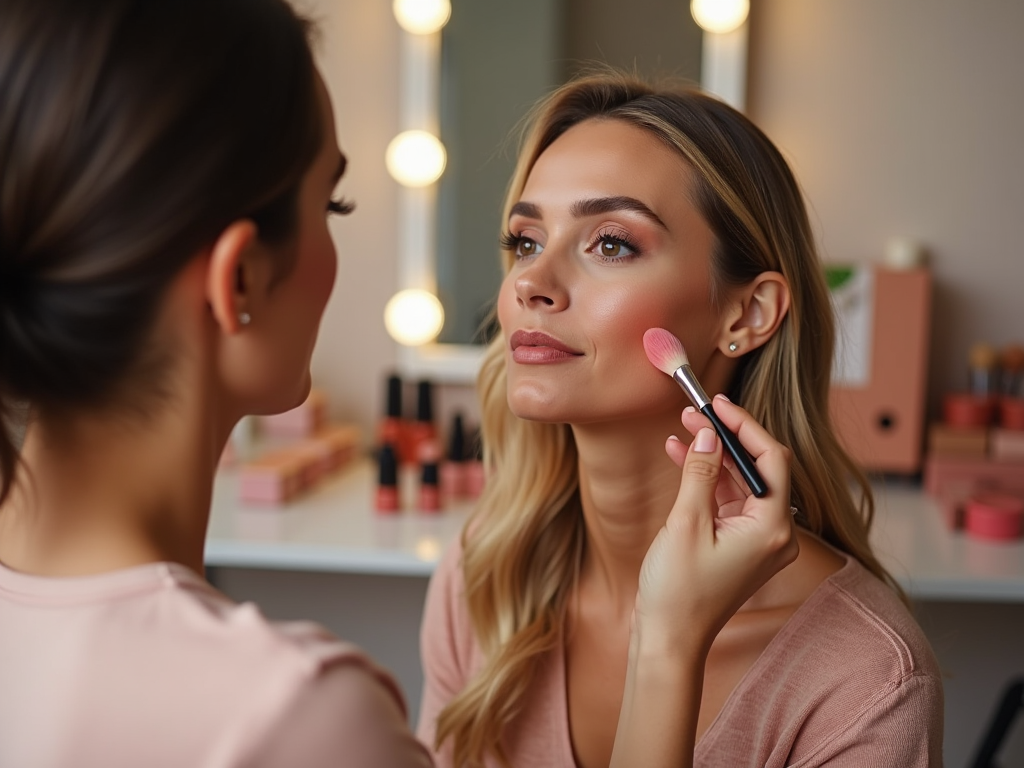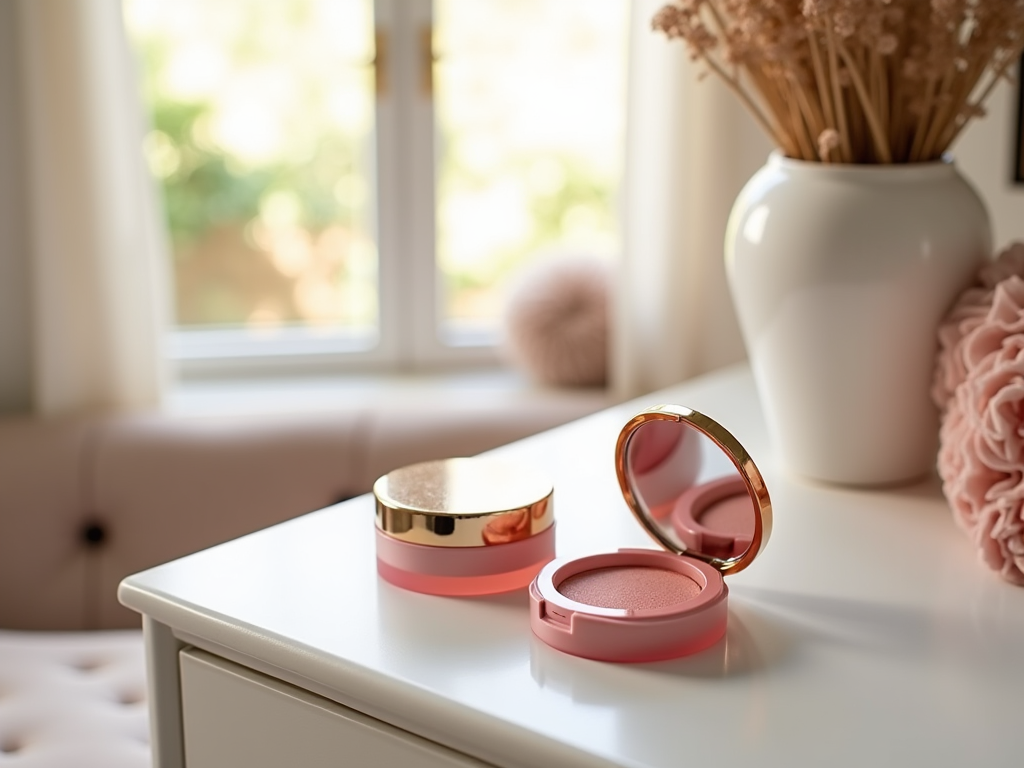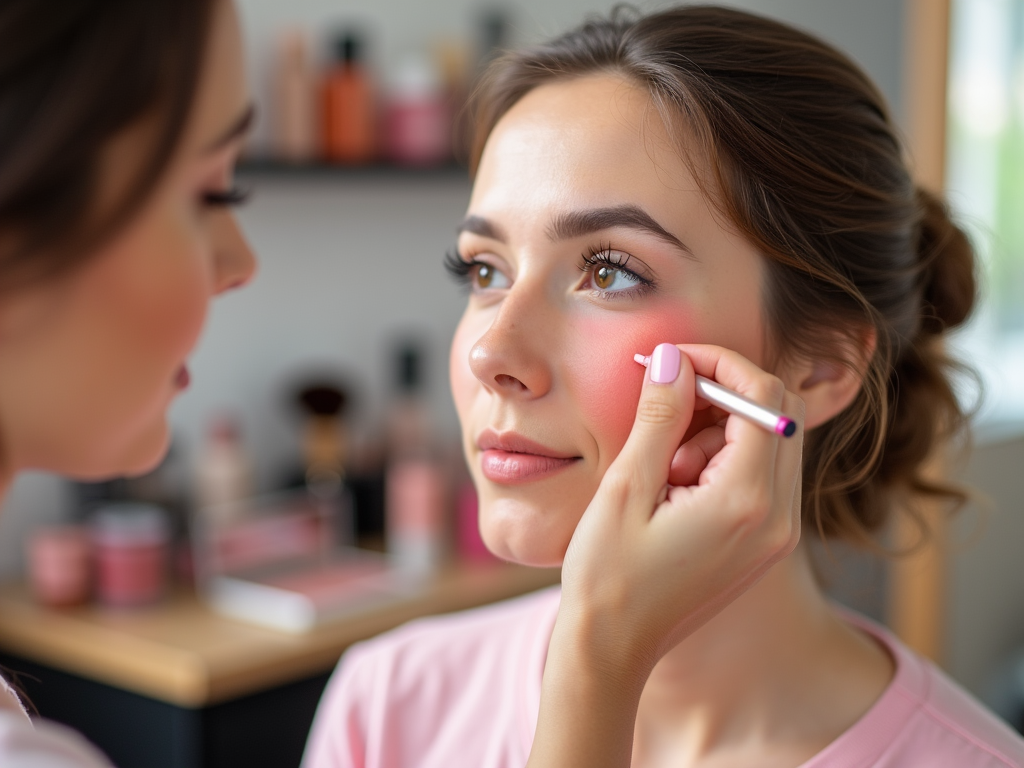Blush is more than just a cosmetic; it’s the magical touch that brings life and color to your cheeks. It enhances your natural radiance and elevates your overall makeup look, providing that sun-kissed glow or a fresh, rosy finish. But not all blushes are created equal. When it comes to achieving your desired look, the choice between cream and powder blush can make a significant difference. Each formula offers unique benefits and can dramatically impact your makeup routine, longevity, and the final appearance on your skin. In this article, we’ll dive deep into the attributes of cream blush and powder blush, comparing their applications, benefits, and choosing the right one for your skin type. By the end, you’ll be equipped with the knowledge to confidently select the perfect blush for a gorgeous, colorful cheek.
Understanding Cream Blush

Cream blushes are typically made from a blend of waxes, oils, and pigments that deliver a rich, creamy texture. This consistency allows for excellent blendability, resulting in a natural, dewy finish that mimics a flush from within. Those with dry or mature skin often gravitate towards cream blush because it provides hydration and a beautiful sheen that enhances the skin’s natural luster. Cream blush can offer a more youthful appearance, especially when applied correctly.
When it comes to application, there are various techniques. You can opt to apply cream blush with your fingers, which allows for warmth and a seamless blend. However, using a brush or a sponge can yield a more polished and professional finish. Finding the right application method is key to achieving the look you desire, whether you’re aiming for a subtle hint of color or a more vibrant pop on your cheeks.
Benefits of Cream Blush
- Creates a radiant and dewy look
- Excellent for blending and building coverage
- Hydrating properties for dry skin types
- Long-lasting wear when properly set
Drawbacks of Cream Blush
- Potential for fading more quickly on oily skin
- May require setting powder to maintain longevity
- Can be more challenging to work with if you’re a novice
Exploring Powder Blush

On the other hand, powder blush offers a lightweight formula that typically consists of finely milled pigments pressed into a powder. It has a more versatile range and comes in various formulations, from matte to shimmer finishes. Powder blush is favored for its ease of use, especially for those who prefer a more controlled application. If you have oily skin, powder blush may match your skin condition better, as it can absorb excess oil and reduce shine throughout the day.
Application often involves the use of a blush brush, which allows for sweeping motions to achieve the desired intensity. The right brush can make a significant difference in your final look. You can also use sponges for a softer application. Given its long-wearing quality, powder blush is great for those looking for a reliable option that stays in place.
Benefits of Powder Blush
- Great for oily skin types as it controls shine
- Wide variety of shades and finishes
- Layerable for customizable intensity
- Easier to correct if applied too heavily
Drawbacks of Powder Blush
- Can appear patchy on dry skin
- Requires proper application technique to avoid a cakey look
- Less hydrating compared to cream blush
Choosing the Right Blush for Your Skin Type
Understanding your skin type is crucial in selecting the right blush. Here’s a quick reference guide to help you choose between cream and powder formulas based on various skin types:
| Skin Type | Recommended Blush |
|---|---|
| Oily Skin | Powder Blush |
| Dry Skin | Cream Blush |
| Combination Skin | Both (Depending on the area) |
| Sensitive Skin | Cream Blush (Sensitive formulas) |
Additionally, understanding your undertone—warm, cool, or neutral—can help you select the blush shade that complements your complexion. Those with warm undertones will look stunning in peachy or coral shades, while cool undertones shine with pinks and berries. Neutral undertones have the luxury of versatility and can typically wear either spectrum beautifully.
Combining Cream and Powder Blush for the Perfect Look
For the ultimate cheek color, consider combining both cream and powder blush. Layering the two can yield a more dynamic and long-lasting look. Start by applying a cream blush to achieve a rich base, then lightly dust a matching powder blush on top for added dimension and staying power. This method can provide a radiant glow while enhancing the longevity of your blush throughout the day.
Here are a few tips to master the art of layering:
- Choose complementary colors to ensure harmony on your cheeks.
- Apply the cream blush first, allowing it to set before adding powder.
- Use a fluffy brush for powder blush to avoid disrupting the cream layer.
- Start with a light application and build up gradually for the best results.
Conclusion
In summarizing the various attributes of cream and powder blush, it’s clear that both formulas have their unique strengths and weaknesses. Choosing the right type of blush can enhance not only your makeup look but also your confidence throughout the day. Cream blush provides a hydrating, dewy finish perfect for dry skin, while powder blush offers longevity and is excellent for oily skin. Regardless of your skin type, experimenting with both options allows you to discover just how versatile and beautiful cheek color can be. So grab your favorite blush and join the colorful revolution!
Frequently Asked Questions
- What skin types benefit from cream blush? Cream blush is ideal for dry and mature skin due to its hydrating properties.
- Is powder blush suitable for oily skin? Yes, powder blush can help absorb excess oil and provide a matte finish.
- Can you use both cream and powder blush together? Absolutely! Layering both can create a long-lasting and vibrant cheek color.
- How do I choose the right shade of blush? Consider your skin tone and undertone; typically, lighter shades complement fair skin, while deeper shades suit darker skin tones.
- How do I make my blush last longer? Setting your blush with a translucent powder or a setting spray can enhance longevity.
- Are there any specific brands recommended for cream or powder blush? Popular brands include NARS for powder blush and Glossier for cream blush; personal preference may vary.
